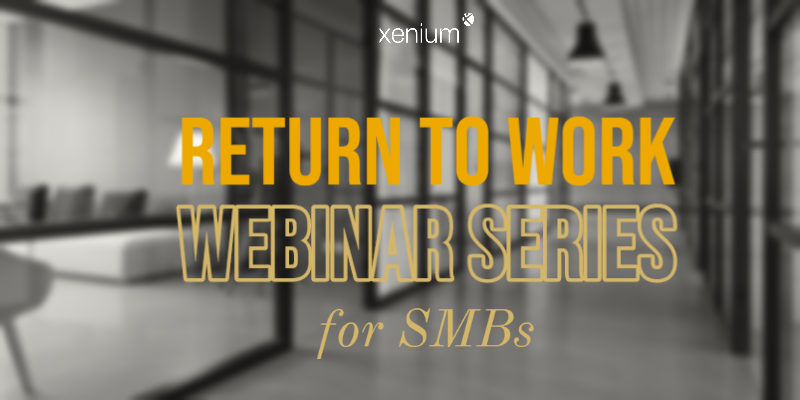On Tuesday, OSHA issued new guidance regarding an employer’s obligations to record COVID-19 cases.
Under the new guidance, all employers covered by OSHA’s recordkeeping standards must determine whether employees have contracted COVID-19 at work and if it is a work-related case and recordable.
Beginning May 26, 2020, COVID-19 cases must be recorded on OSHA 300 logs, if:
- The case is a confirmed case of COVID-19, as defined by the CDC
- The case is work-related (as defined by 29 CFR § 1904.5), and
- The case involves one or more of the general recording criteria set by OSHA, e.g., medical treatment beyond first aid, result in lost workdays, restricted work, transfer to another job, significant injury or illness diagnosed by a physician or health care provider, causes loss of consciousness or death.
OSHA has stated that in determining whether an employer has complied with the obligation and made a reasonable determination of work-relatedness, the agency will instruct its Compliance Safety and Health Officers (CSHOs) to apply the following considerations. As a result, covered employers should also use these guidelines in determining whether or not a case of COVID-19 is recordable. The considerations include:
- The reasonableness of the employer’s investigation into work-relatedness. For most employers, it is sufficient for the employer, when it learns of an employee’s COVID-19 illness to (1) to ask the employee how he believes he contracted the COVID-19 illness; (2) while respecting employee privacy, discuss with the employee his work and out-of-work activities that may have led to the COVID-19 illness; and (3) review the employee’s work environment for potential SARS-CoV-2 exposure. The review in (3) should be informed by any other instances of workers in that environment contracting COVID-19 illness.
- The evidence is available to the employer. The evidence that a COVID-19 illness was work-related should be considered based on the information reasonably available to the employer at the time it made its work-relatedness determination.
- The evidence that a COVID-19 illness was contracted at work. For instance:
- COVID-19 illnesses are likely work-related when several cases develop among workers who work closely together and there is no alternative explanation.
- An employee’s COVID-19 illness is likely work-related if it is contracted shortly after lengthy, close exposure to a particular customer or coworker who has a confirmed case of COVID-19 and there is no alternative explanation.
- An employee’s COVID-19 illness is likely work-related if his job duties include having frequent, close exposure to the general public in a locality with ongoing community transmission and there is no alternative explanation.
- An employee’s COVID-19 illness is likely not work-related if she is the only worker to contract COVID-19 in her vicinity and her job duties do not include having frequent contact with the general public, regardless of the rate of community spread.
- An employee’s COVID-19 illness is likely not work-related if he, outside the workplace, closely and frequently associates with someone (e.g., a family member, significant other, or close friend) who (1) has COVID-19; (2) is not a coworker, and (3) exposes the employee during the period in which the individual is likely infectious.
If, after the reasonable and good faith inquiry described above, the employer cannot determine whether it is more likely than not that exposure in the workplace played a causal role concerning a particular case of COVID-19, the employer does not need to record that COVID-19 illness.
OSHA states that recording a COVID-19 illness does not, of itself, mean that the employer has violated any OSHA standard. And pursuant to existing regulations, employers with 10 or fewer employees and certain employers in low hazard industries have no recording obligations; they need only report work-related COVID-19 illnesses that result in a fatality or an employee’s in-patient hospitalization, amputation, or loss of an eye. For full details of the new guidance, please see this link.

